I recently conducted an interview with Justin Jordan, serving as sort of a companion piece to my article about the role of editors in the wake of Image’s success that Jordan also answered questions for. Instead of talking about the comics he’s writing, we focused on the differences between working at a publisher that emphasizes independence like Image and a publisher (BOOM! Studios, in this case) that gets more involved. I think his answers reveal a lot about his career and the comics industry as a whole. I hope readers agree.
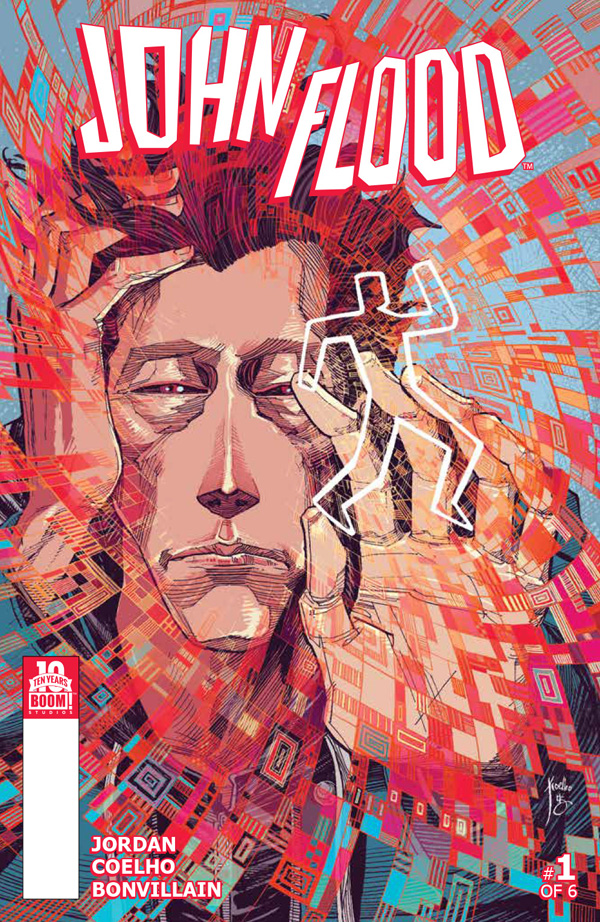
Can you briefly describe some of your current creator-owned projects?
I just finished the last script for John Flood from Boom, but [that issue] will be coming until… January, I guess? I have Spread coming out from Image, and that’s ongoing. Also from Image I have Legacy of Luther Strode.
In the unannounced but greenlit department, I have another project with BOOM!, one with Aftershock comics and a crime book from a publisher I can’t name until they announce.
So I keep busy.
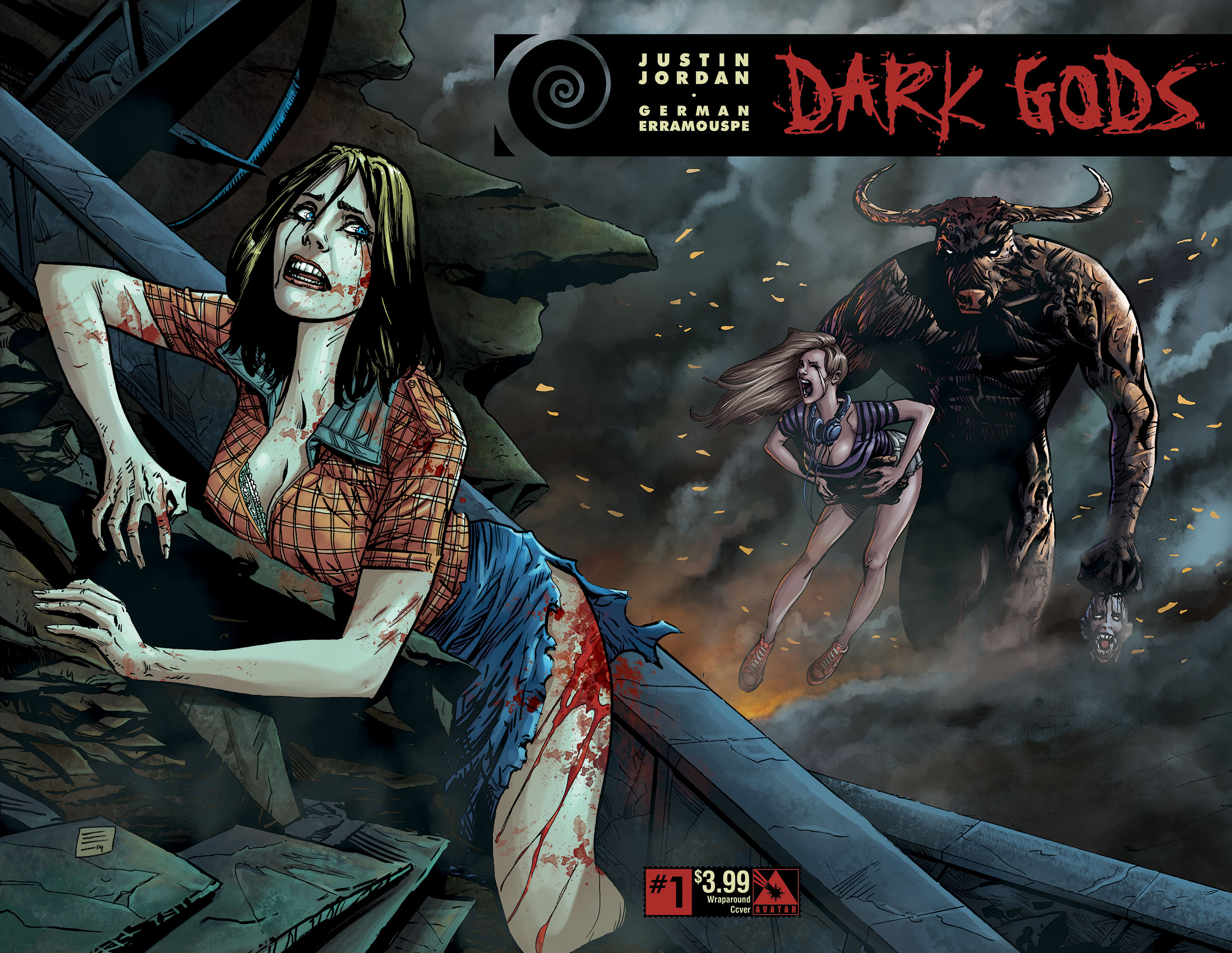
Do you tend to first develop concepts or partner with a publisher?
With the exception of Dark Gods, I always develop stuff on my own and then take it to a publisher. Dark Gods, which I did at Avatar, had a slightly different origin, in that I was asked to do something of that type and developed the project for them.
Have you noticed differences between pitches that are accepted at BOOM! and ones accepted at Image?
Hmmmm.
That’s actually a hard question to answer, because I haven’t tried pitching the same stuff to them both. So I don’t really know firsthand. I try to pitch to the companies that seem like the best fit for the project, and I haven’t really taken a rejected project to another publisher.
Part of that, knock very hard on wood, is that I haven’t had a lot of pitches rejected since Strode. Basically just one, that I can recall.
Now having said all that, I think there are differences in what the various publishers like. There’s a certain amount of Image style, which is different from the BOOM! style. There’s overlap, but they’re distinct.
So, for instance, when BOOM! asked me to pitch, I took projects to them that I wanted to do but suspected wouldn’t do as well at Image. With Image, unless you’re lucky enough to get the mythical advance, you’re working entirely backend. I write a lot, so I can actually afford to gamble a bit on not making money, because I can work on six or so books at once. Artists don’t have that luxury.
But honestly, part of why I took those projects to BOOM! was that they seemed like the most adaptable to other media, and BOOM! has a first look deal with Fox, and it seemed like a reasonable gamble to get my foot in the door in regards to getting my stuff optioned.
So while I only work on books I want to do, I am also not above the purely mercenary calculations of where to put a project. And there are other concerns, too. One of the reasons I pitched to Aftershock, after they asked, was because I wanted to be on the ground floor of something new.
How does your role in multimedia opportunities depend on the publisher?
With the Image books, that’s all on us, with us there being me and my various co-creators. So there, I’m intensely involved. I have a very good agent and very good lawyers, so that has all worked out fairly well for me.
With BOOM!, I’m basically not involved. I mean, they’re not dicks, and they keep me in the loop, but they have offices on the Fox lot and their own stuff going, so my role there is entirely passive.
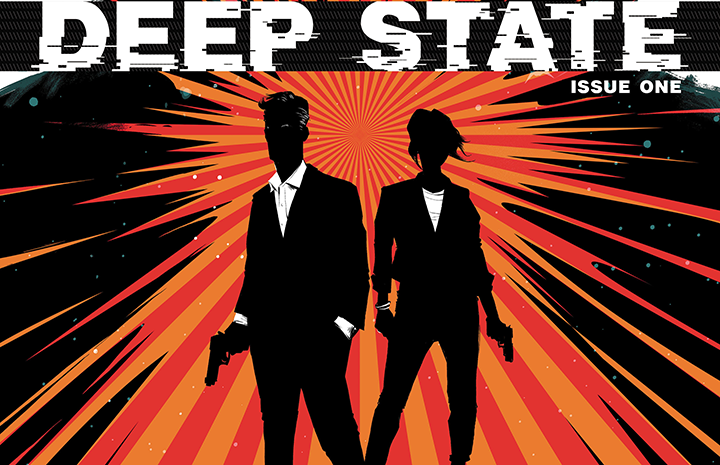
Do the conditions of each publisher (for example, page rates at BOOM versus backend at Image) affect how you write, either stylistically or practically?
A bit.
Like I said, what projects I take where is based on that, but in the actual writing it affects it a bit. At BOOM!, for instance, my contracts for the book specify a certain number of issues.
So, for instance, Deep State was developed as an ongoing, but only contracted for a certain number, with the option to go on if sales were there. Which, sadly, they weren’t. John Flood was always intended as a six issue series.
But the number I’m guaranteed affects how I structure the book. What I don’t want to do, ever, is leave the readers hanging. So I try to make sure that when I am planning a book, it has a natural end point at the point where the guaranteed issues run out. Now, obviously, this plan also includes the potential to keep going. But if worst comes to worst I want people to feel satisfied.
How does your relationship with the rest of the creative team change depending on the publisher?
In terms of the work, not a lot. I’ve worked with exactly who I wanted at all of them. The interaction is slightly different, in that I have editors everywhere but Image and don’t need to keep up with what’s done when. But I can’t say it changes the interaction all that much.
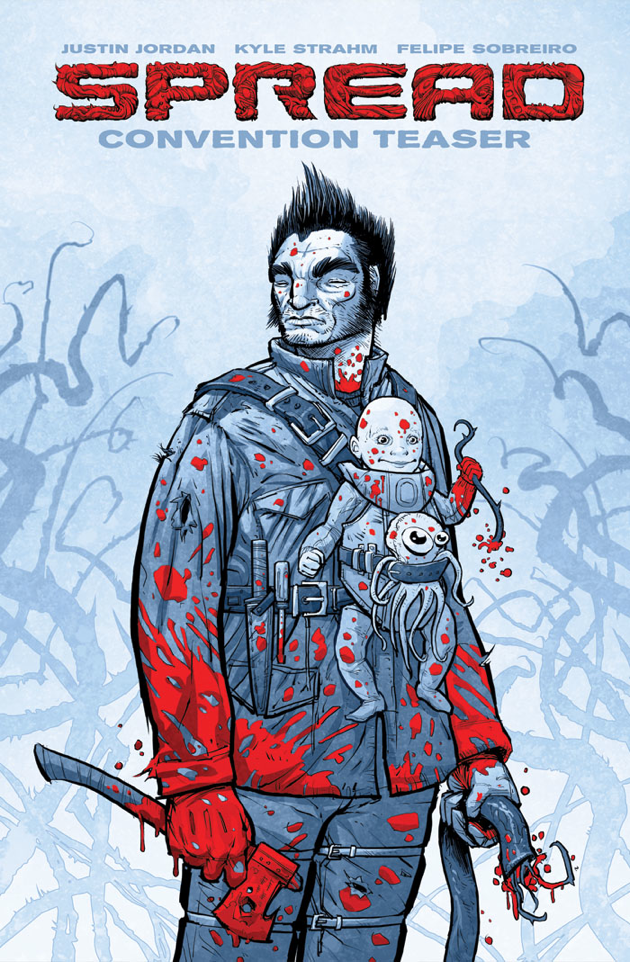
Do you find working on a book easier or more difficult depending on the publisher?
Well, Image is hardest. I’ve got Sebastian Girner helping keep the wheels spinning on Spread, but for the most part, when you’re doing an Image book you and your partners are wearing all the hats – business, marketing, editing, design, etc.
Everywhere else, someone else handles most of that, which makes it significantly less stressful. I mean the flipside is that at Image you also get virtually all the profit, so it’s a trade.
Are you motivated differently by projects based on the publisher?
I don’t think so? Even with work for hire, I pretty much work as hard as I can at whatever I do. I can’t even say that’s any kind of work ethic thing so much as just a facet if my personality.
The question mark up yonder is because I also don’t know if I’d know, you know? It doesn’t feel different, but I am not an objective observer.
How are they rewarding in different ways?
Hmmm, again, I don’t know that they are. I will say that working with editors gives you some more immediate gratification.
By which I mean, with Image stuff, it’s just me and the art team, and I don’t get any other feedback about the script until it’s on the stands, which is months after I wrote it. With editors, I get some sort of feedback immediately, and if it’s good, that’s pleasant.

You could argue that working for just one creator-owned publisher would simplify things. Why, other than any reasons you gave above, is it worth it to diversify?
Well, I think it’s just generally good to not have all your eggs in one basket. I’d love for Image to say to me, hey, we’ll publish anything you want to do, a la Brubaker and Philips, but even then, I think there’s value to working with a lot of publishers.
Especially when you’re, I dunno how to put it, a journeyman creator. I mean, I’ve done really well in my career. Really, really well. I’ve been really lucky. But at the same time, I’m just not in the same league as Kelly Sue or Fraction or Brubaker, you know? Just in terms of financial success, let alone talent.
So for me, developing different fans and different relationships with companies is worthwhile as it’s own thing, and even if I had a publisher willing to greenlight all my projects, I’d still probably diversify.
Follow Justin on Twitter and definitely friend him on Facebook for some great insight into life as a comics writer and life with a cat.


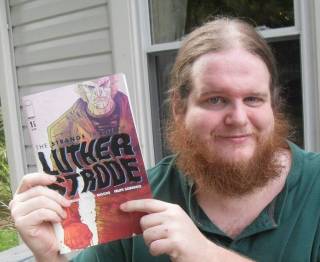
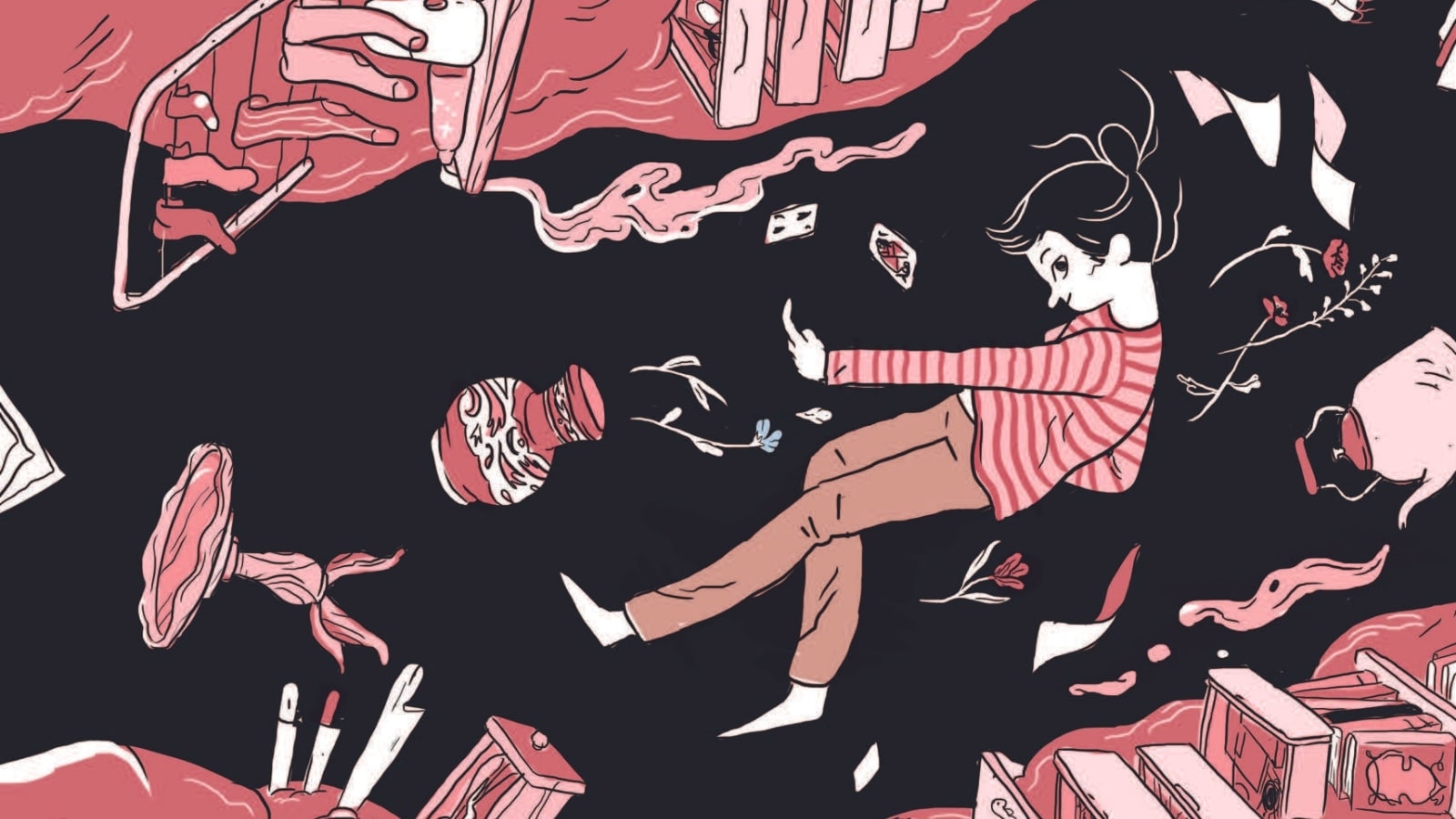

Very good questions and fantastic answers from Justin. This is the kind of comics journalism I’d like to see a lot more of.
nepotism + grabage =
This was an informative interview. Thanks for doing it and thanks for Justin for giving an insight that we don’t normally see.
Great interview
Do you have any video of that? I’d like to find out more details.
Comments are closed.